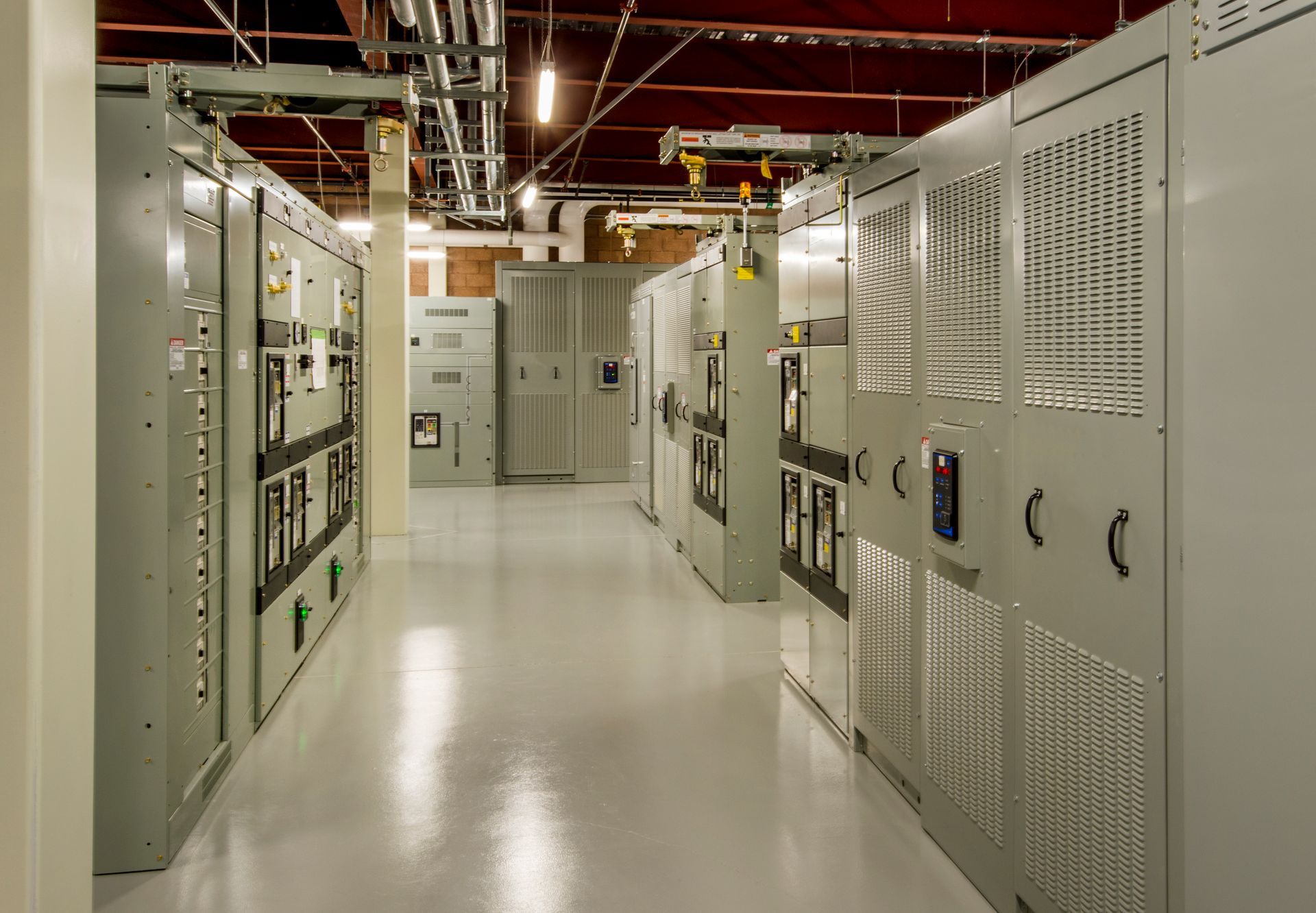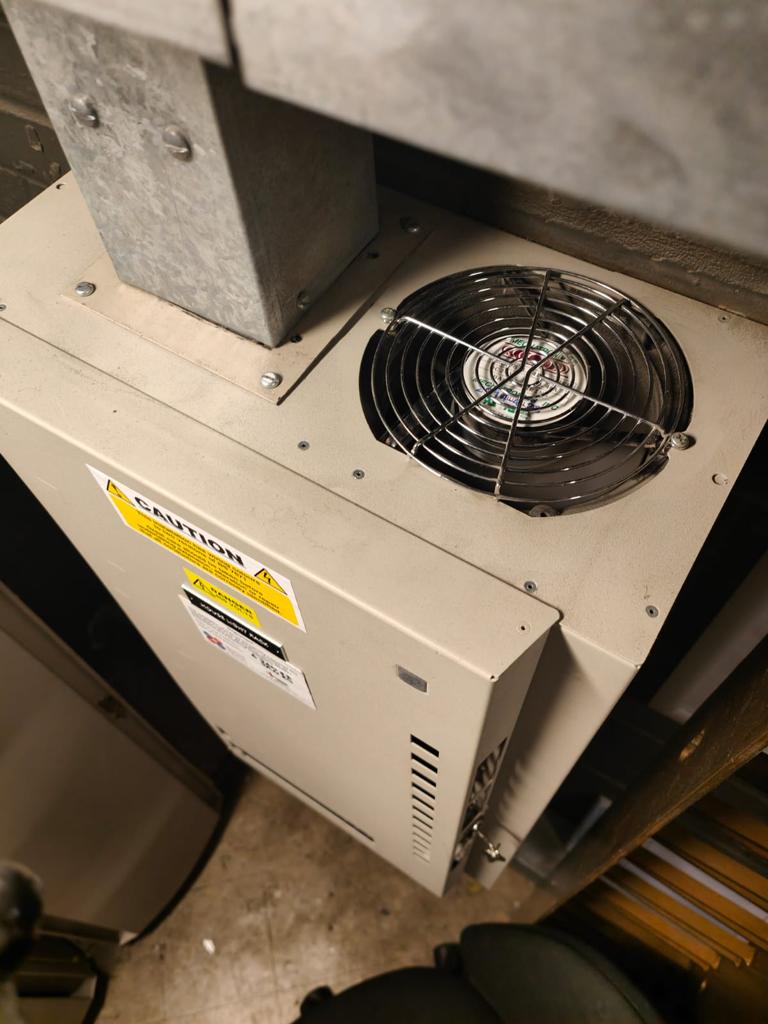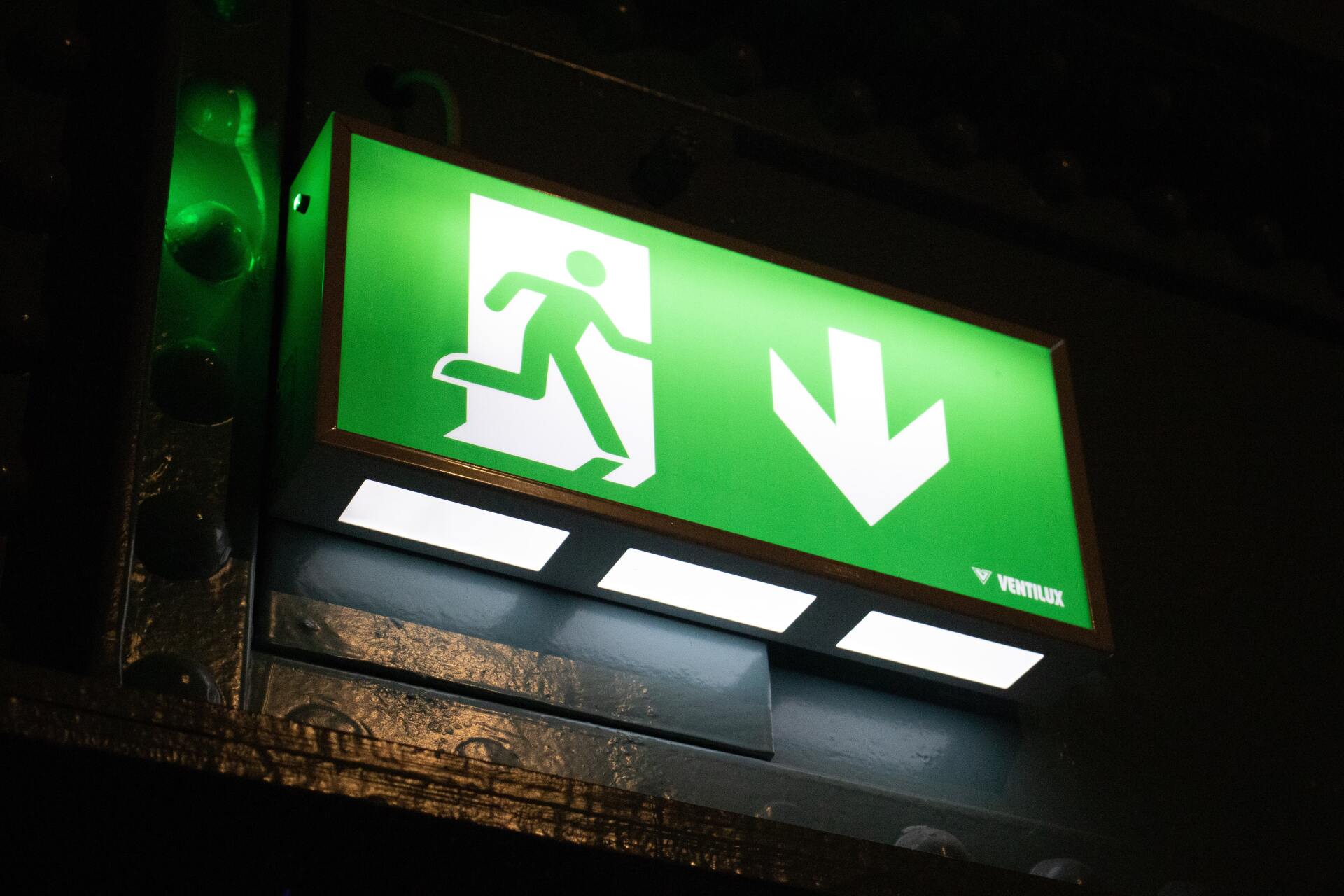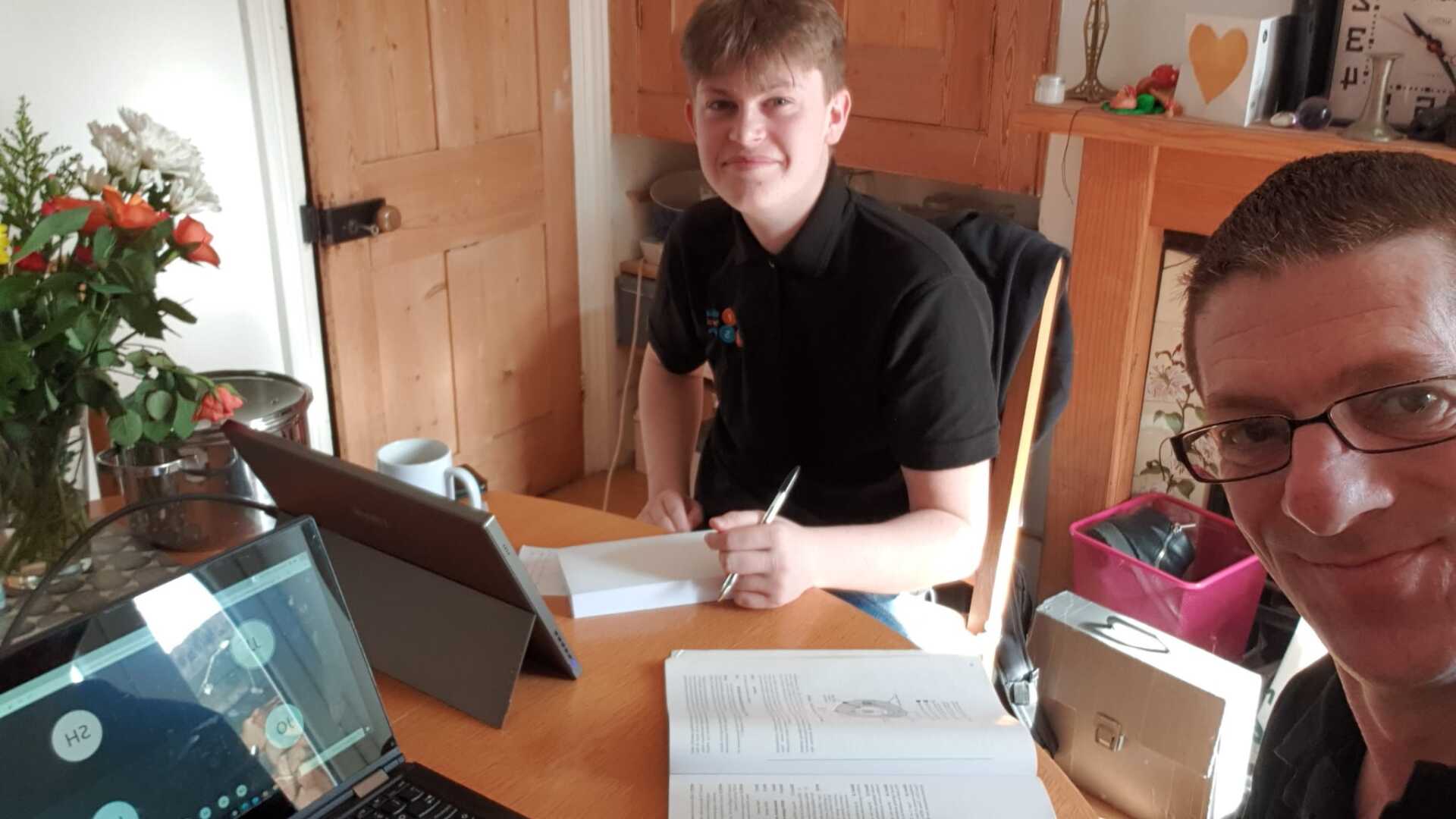A quick sign off
Can you just do a quick sign-off for us before tomorrow?

Ross Sneddon from Unsplash
Given our experience of outdoor events, we often get asked this, so we thought it would be helpful to shine some light on what we are being asked for, what is needed and what will be supplied.
We appreciate that, often, the person requesting a ‘quick sign off’ isn’t quite sure what they are asking for. However, more often than not, they have been told to ‘get sign off before the event opens.’
Sadly, we can’t just sign a Completion Certificate and tell you you’re good to go.
Instead, we have a tried and tested process that complies with the guidance of the appropriate British Standards, which keeps everyone compliant and safe. We love helping businesses and providing an efficient and effective service, so here’s our handy guide to help.
There are two main documents we work with.
- BS7909:2011
- Code of practice for temporary electrical systems for entertainment and related purposes
BS7671 :2018+A2:2022- Requirements for Electrical Installations. IET Wiring Regulations
These reciprocally refer to each other.
BS7909 intends to ensure that electrical systems for entertainment and related purposes are safe and compliant with the IET Wiring Regulations. This means that many of the things required by BS7671 are also called for by BS7909 but tailored to events.
The Process
Ultimately, sign-off is the last step in the process. Below is an outline of what ideally needs to be considered before we get there (it’s not vital but makes everything much smoother if it has been).
- Design
- Workmanship & materials
- Inspection and testing
- The sign-off
1. Design
Thankfully, more events companies are now planning the design of their temporary power systems well in advance. To some extent, designs can be generic. The main thing is to ensure that, in a fault situation, power is rapidly disconnected to reduce the risk of electrical injury or thermal effects (shock or fire).
Combining some simple maths with basic information about the power system used enables us to work out if the cables to be installed will allow enough current flow to cause the device to trip if there is a fault. But, of course, planning to prevent overloading is just as important.
A quick and easy way of showing a compliant design on-site is to have a schematic. This should show the lengths and cross-sectional area of the cables along with the protective device information. For the most demanding circuits, the design should show a couple of calculations proving that the required protective devices will operate at the anticipated prospective fault current.
2. Good workmanship and proper materials
- A simple schematic
- With a schematic created at the design stage for the installation team to follow and some basic calculations, it’s much easier to install a compliant system quickly. If there are calculated worst cases that are satisfactory, then the shorter runs or larger CSAs should be fine.
- Be familiar with the kit and how to use it!
- Installers should be familiar with the kit and know how to use it properly. For example, a powerlock resting on the ground under a duckboard may seem fine on a hot summer’s day. However, the inevitable puddle from the torrential downpour won’t absorb into the baked ground and will seep into plugs and sockets. So always have connections accessible and raised off the ground.
- Label. Label. Label
- Labelling may seem time consuming, but what if the power to the bar fails and the team on site can’t see where it should be fed from? That potentially equates to considerable downtime and lost revenue.
- Choose equipment suitable for the job
- The equipment used should be suitable for the environment and appropriately constructed. Importantly, it should have evidence of being within an inspection and test time frame. Ideally, a representative sample of ‘In-service Inspection and Test’ results should be available.
3. Inspection and testing
This is where we arrive on site. If the above points have been considered, the process can be much less complex than otherwise required.
Our approach would be:
- We will look at the designs, check the calculations, and evaluate the quality of the installation.
- We check any site-made connections, verify that earthing arrangements are suitable, and test residual current devices (RCDs) that have been set up on-site.
- Tests of a representative sample of final circuits are carried out to prove that the prospective short circuit current is adequate and in line with the design.
- Appropriate inspection schedules are compiled along with details of any other relevant information.
- Any non-compliances or perceived departures from the guidance or regulations will be noted in writing and provided (often with photographs) to the customer.
4. The Sign Off
If the design is compliant and the inspections and tests haven’t unearthed anything nasty, you are now ready for a sign-off.
The document for most temporary power systems used in the entertainment or events industry is a Completion Certificate.
This should be signed by a ‘competent person’ who has clear information about the design, installation, and inspection & testing process, if only by asking the right people to carry out these tasks and taking their feedback.
Most importantly, a Completion Certificate should not be issued if problems are identified with the system. For example, a common problem is that a long run of cable doesn’t have adequate prospective short circuit current to trip the device.
In such a case, it may be that a Risk Assessment could be carried out by the ‘competent person’ to mitigate the issue. In these situations, the Risk Assessment must be referenced by / appended to a Completion Certificate, and it must show clear details of who carried it out.
Achieving a smooth sign off
Finally, the best way to achieve a smooth sign-off on a compliant system is to ensure that a design is in place and that it has been followed by an experienced installation team. Booking your inspectors early means that you will be visited by a company you know and trust. This will help to ensure that you have the necessary documents ready for the event’s opening.
We always do our best to help get the job over the line. If we spot something wrong, we will offer guidance or advice to mitigate the situation or offer a redesign suggestion. We are also happy to help with the formal design and installation phases.
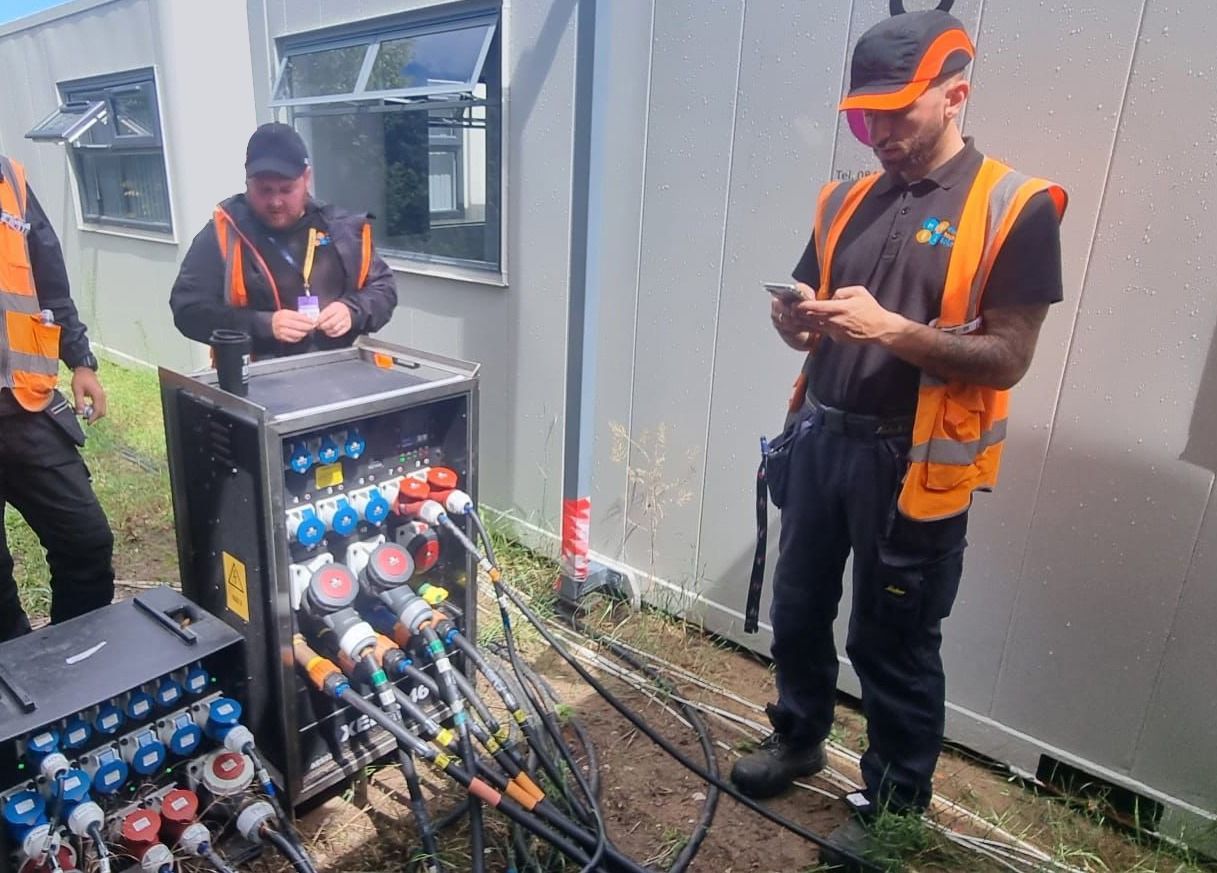
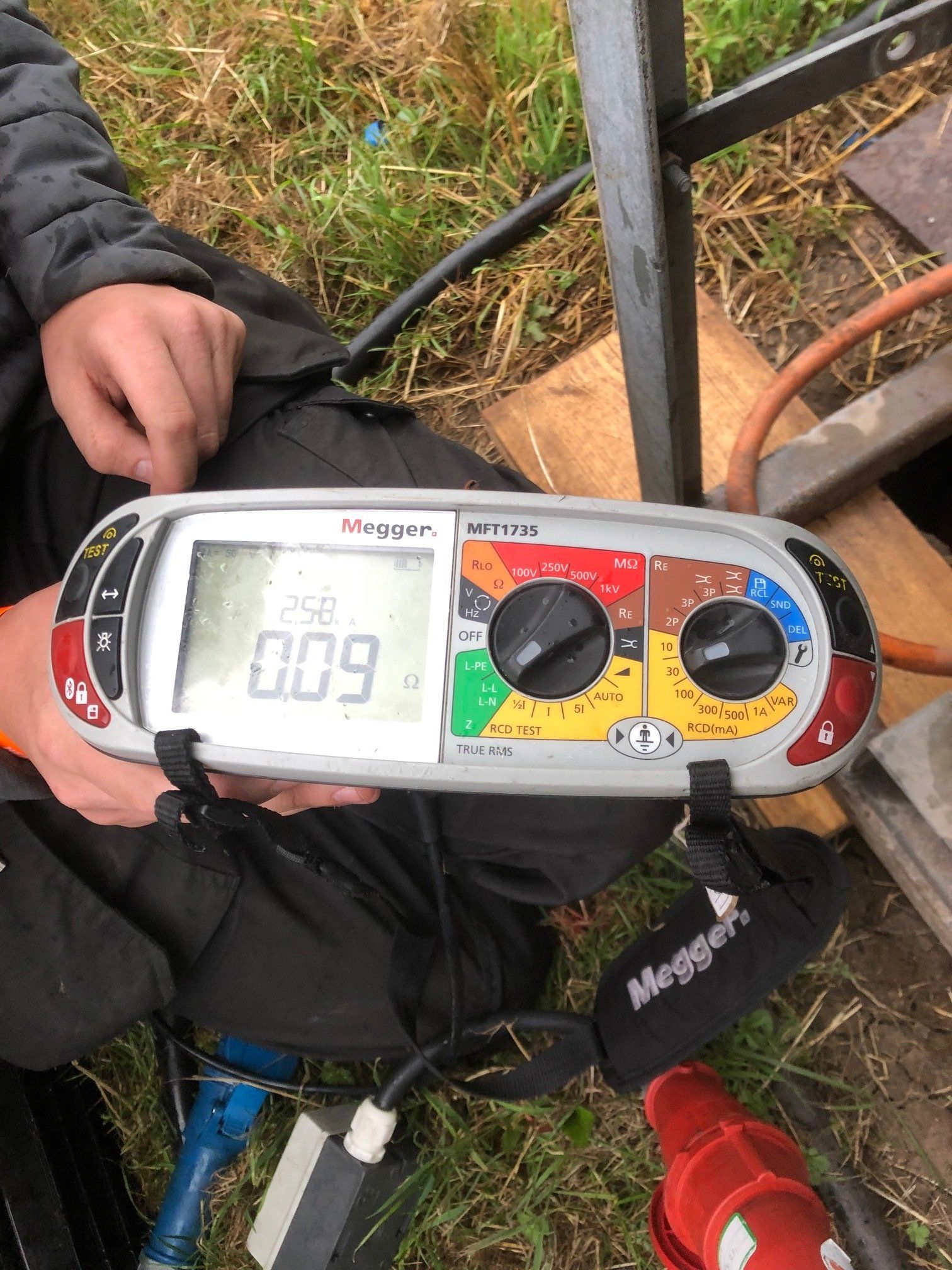

All Rights Reserved | HPES Technical Solutions Ltd.
All Rights Reserved | HPES Technical Solutions Ltd. | Privacy Policy


